
You are here
Publications in Journals
Peer review Papers published in International Journals and Magazines. As publications, we present articles published in peer-review journals indexed in Scopus or Web of Science.
Publications in Journals include more than 390 published papers from the Soil Group in the JRC (EU Soil Observatory). Most of the papers refer to the last 10 years (2013-2023). In many cases the papers document the datasets published in ESDAC.
As example statistics, Since the establishement of the EUSO, the group published:
- 23 papers in 2020,
- 27 papers in 2021
- 40 papers in 2022
- 46 papers in 2023
An important number of papers has been published in high impact factor journals: Nature, Nature Climate Change, Nature Communications, Science Advances, Science, PNAS, Global Change Biology, Science of the Total Environment, etc.
The publications are relevant to soil themes, functions and threats. The datasets generated during and/or analysed during most of the presented studies are available in the ESDAC datasets section. Almost all the publications are Open Access.
You can browse in the publications by year and you can download them (A hyperlink is provided per each publication).
Filters
Go Back To
All Documents
|
|
Global data on earthworm abundance, biomass, diversity and corresponding environmental properties |
|
|
Resource Type: Documents, Publications in Journals, Maps & Documents |
Year: 2021 |
|
|
|
||
|
|
||
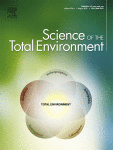
|
Soil erosion modelling: A global review and statistical analysis |
|
|
Resource Type: Maps & Documents, Documents, Publications in Journals |
Year: 2021 |
|
|
|
||
|
|
||
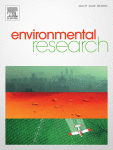
|
Soil erosion modelling: A bibliometric analysis |
|
|
Resource Type: Maps & Documents, Documents, Publications in Journals |
Year: 2021 |
|
|
|
||
|
|
||

|
Soil conservation and sustainable development goals(SDGs) achievement in Europe and central Asia: Which role for the European soil partnership? |
|
|
Resource Type: Maps & Documents, Documents, Publications in Journals |
Year: 2021 |
|
|
|
||
|
|
||

|
Aridity and geochemical drivers of soil micronutrient and contaminant availability in European drylands |
|
|
Resource Type: Maps & Documents, Documents, Publications in Journals |
Year: 2021 |
|
|
|
||
|
|
||
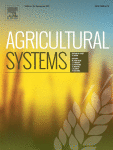
|
Manure management and soil biodiversity: Towards more sustainable food systems in the EU |
|
|
Resource Type: Maps & Documents, Documents, Publications in Journals |
Year: 2021 |
|
|
|
||
|
|
||
|
|
A ‘debt’ based approach to land degradation as an indicator of global change |
|
|
Resource Type: Maps & Documents, Documents, Publications in Journals |
Year: 2021 |
|
|
|
||
|
|
||

|
Soil multifunctionality: Synergies and trade-offs across European climatic zones and land uses |
|
|
Resource Type: Maps & Documents, Documents, Publications in Journals |
Year: 2021 |
|
|
|
||
|
|
||
|
|
Different climate sensitivity of particulate and mineral-associated soil organic matter |
|
|
Resource Type: Documents, Publications in Journals, Maps & Documents |
Year: 2021 |
|
|
|
||
|
|
||

|
What is soil biodiversity? |
|
|
Resource Type: Maps & Documents, Documents, Publications in Journals |
Year: 2021 |
|
|
|
||
|
|
||

|
A spatial assessment of mercury content in the European Union topsoil |
|
|
Resource Type: Maps & Documents, Documents, Publications in Journals |
Year: 2021 |
|
|
|
||
|
|
||
|
|
Regulations on Nitrate Use and Management |
|
|
Resource Type: Maps & Documents, Documents, Publications in Journals |
Year: 2021 |
|
|
|
||
|
|
||
|
|
The Relevance of Black Soils for Sustainable Development |
|
|
Resource Type: Documents, Publications in Journals, Maps & Documents |
Year: 2021 |
|
|
|
||
|
|
||
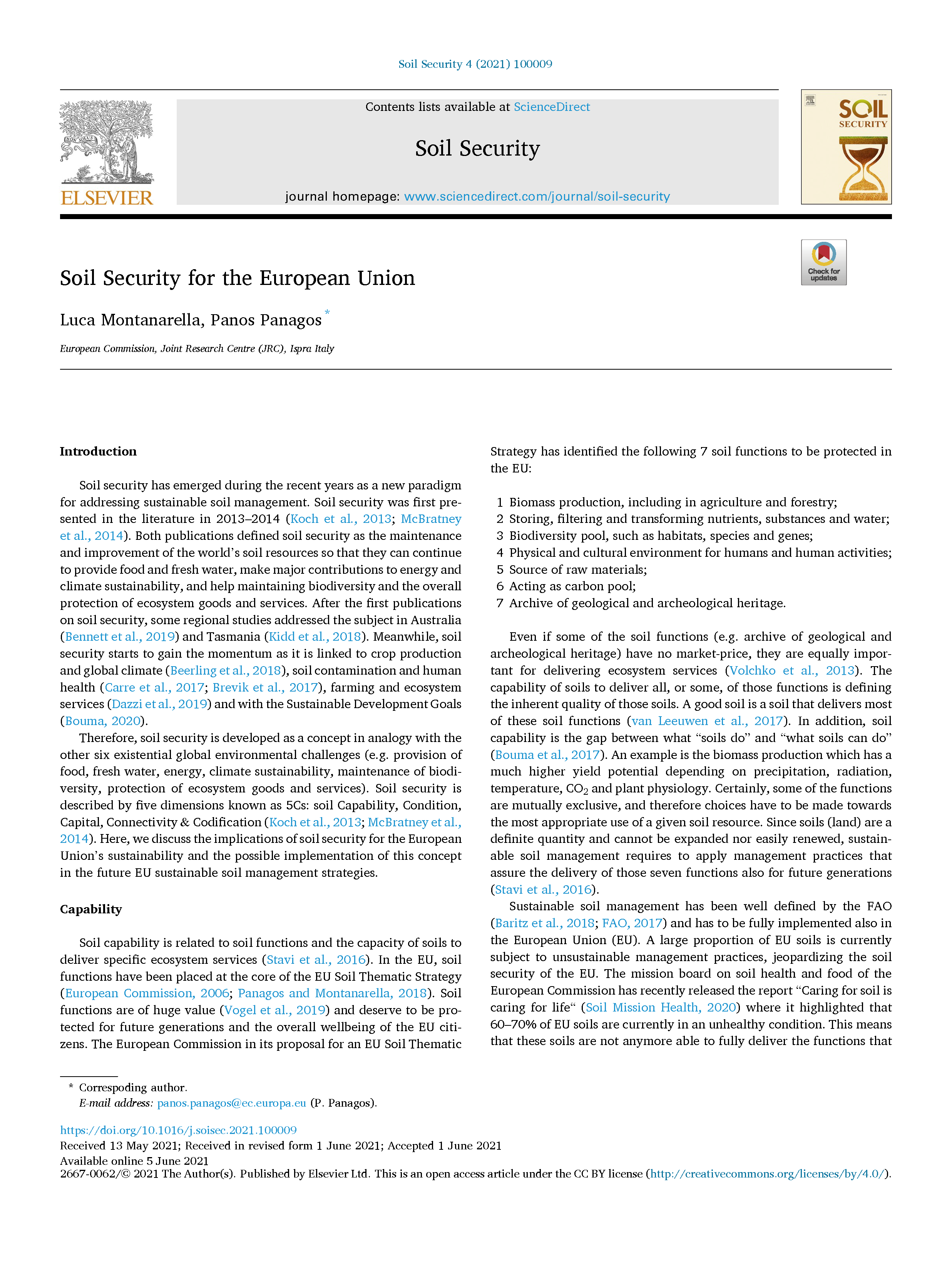
|
Soil Security for the European Union |
|
|
Resource Type: Documents, Publications in Journals, Maps & Documents |
Year: 2021 |
|
|
|
||
|
|
||

|
A Soil Erosion Indicator for Supporting Agricultural, Environmental and Climate Policies in the European Union |
|
|
Resource Type: Maps & Documents, Documents, Publications in Journals |
Year: 2020 Publisher: Remote Sensing |
|
|
|
||
|
|
||

|
Towards an Assessment of the Ephemeral Gully Erosion Potential in Greece Using Google Earth |
|
|
Resource Type: Maps & Documents, Documents, Publications in Journals |
Year: 2020 |
|
|
|
||
|
|
||
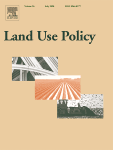
|
An indicator to reflect the mitigating effect of Common Agricultural Policy on soil erosion |
|
|
Resource Type: Maps & Documents, Documents, Publications in Journals |
Year: 2020 |
|
|
|
||
|
|
||

|
The potential of straw mulch as a nature-based solution in olive groves. A biophysical and socio-economic assessment |
|
|
Resource Type: Documents, Publications in Journals, Maps & Documents |
Year: 2020 |
|
|
|
||
|
|
||

|
Reconstruction of past rainfall erosivity and trend detection based on the REDES database and reanalysis rainfall |
|
|
Resource Type: Documents, Publications in Journals, Maps & Documents |
Year: 2020 |
|
|
|
||
|
|
||

|
Integrated management for sustainable cropping systems: Looking beyond the greenhouse balance at the field scale |
|
|
Resource Type: Documents, Publications in Journals, Maps & Documents |
Year: 2020 |
|
|
|
||
|
|
||

|
Comparison of sampling with a spade and gouge auger for topsoil monitoring at the continental scale |
|
|
Resource Type: Documents, Publications in Journals, Maps & Documents |
Year: 2020 |
|
|
|
||
|
|
||
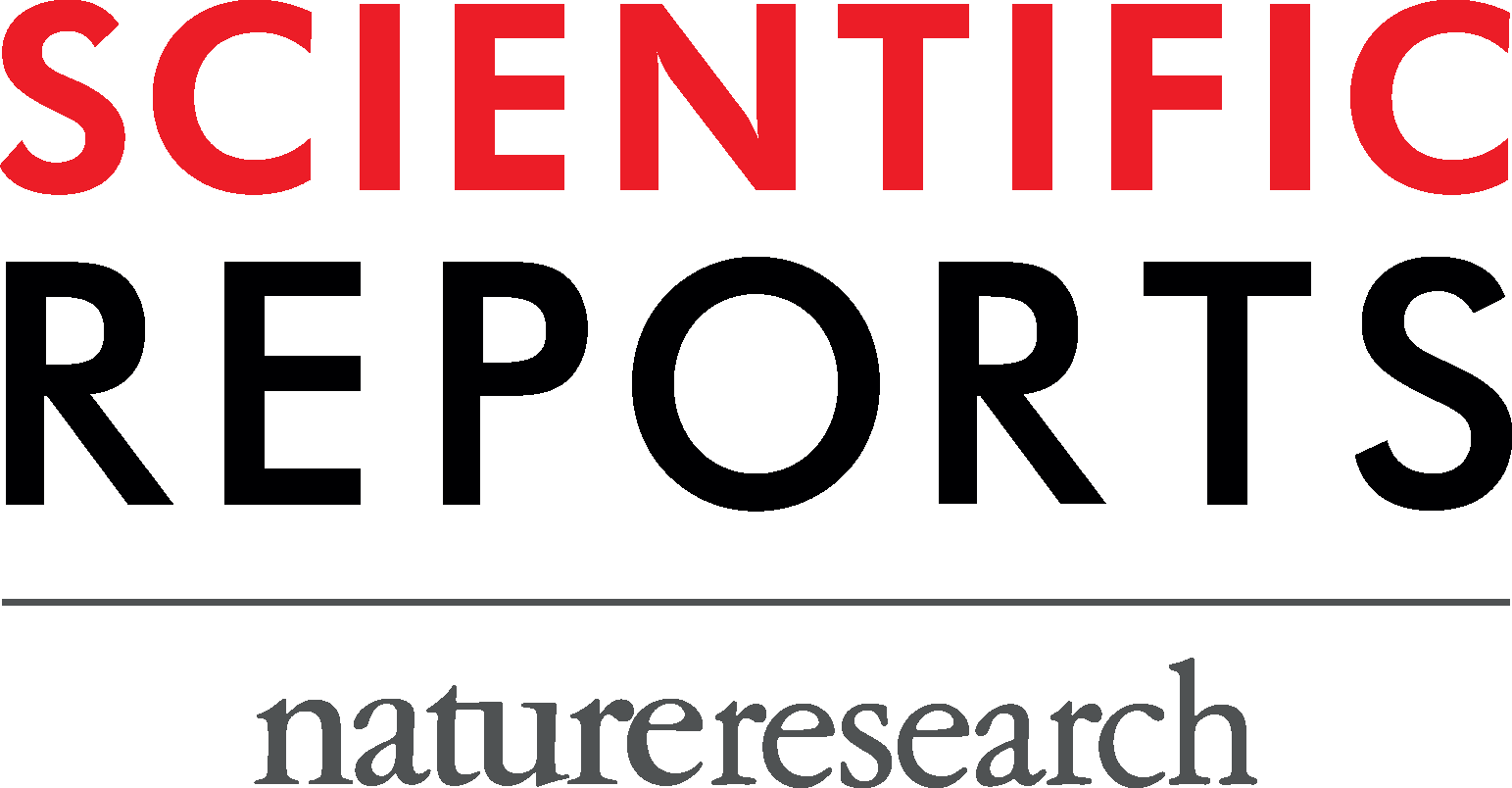
|
Plutonium aided reconstruction of caesium atmospheric fallout in European topsoils |
|
|
Resource Type: Documents, Publications in Journals, Maps & Documents |
Year: 2020 |
|
|
|
||
|
|
||
|
|
The Rise of Climate-Driven Sediment Discharge in the Amazonian River Basin |
|
|
Resource Type: Documents, Publications in Journals, Maps & Documents |
Year: 2020 |
|
|
|
||
|
|
||

|
Land susceptibility to water and wind erosion risks in the East Africa region |
|
|
Resource Type: Documents, Publications in Journals, Maps & Documents |
Year: 2020 |
|
|
|
||
|
|
||

|
Positive cascading effect of restoring forests |
|
|
Resource Type: Documents, Publications in Journals, Maps & Documents |
Year: 2020 |
|
|
|
||
|
|
||

|
Towards an integrative understanding of soil biodiversity |
|
|
Resource Type: Maps & Documents, Documents, Publications in Journals |
Year: 2020 |
|
|
|
||
|
|
||

|
Soil and water threats in a changing environment |
|
|
Resource Type: Documents, Publications in Journals, Maps & Documents |
Year: 2020 |
|
|
|
||
|
|
||

|
Fire severity and soil erosion susceptibility mapping using multi-temporal Earth Observation data: The case of Mati fatal wildfire in Eastern Attica, Greece |
|
|
Resource Type: Documents, Publications in Journals, Maps & Documents |
Year: 2020 |
|
|
|
||
|
|
||

|
FAO calls for actions to reduce global soil erosion |
|
|
Resource Type: Documents, Publications in Journals, Maps & Documents |
Year: 2020 |
|
|
|
||
|
|
||

|
Blind spots in global soil biodiversity and ecosystem function research |
|
|
Resource Type: Maps & Documents, Documents, Publications in Journals |
Year: 2020 |
|
|
|
||
|
|
||

|
Global phosphorus shortage will be aggravated by soil erosion |
|
|
Resource Type: Documents, Publications in Journals, Maps & Documents |
Year: 2020 |
|
|
|
||
|
|
||

|
Land use and climate change impacts on global soil erosion by water (2015-2070) |
|
|
Resource Type: Maps & Documents, Documents, Publications in Journals |
Year: 2020 |
|
|
|
||
|
|
||

|
Maximising climate mitigation potential by carbon and radiative agricultural land management with cover crops |
|
|
Resource Type: Documents, Publications in Journals, Maps & Documents |
Year: 2020 |
|
|
|
||
|
|
||

|
High-Throughput DNA Sequence-Based Analysis of AMF Communities |
|
|
Resource Type: Documents, Publications in Journals, Maps & Documents |
Year: 2020 |
|
|
|
||
|
|
||

|
Soil Evolution and Sustainability |
|
|
Resource Type: Documents, Publications in Journals, Maps & Documents |
Year: 2020 |
|
|
|
||
|
|
||

|
How to halt the global decline of lands |
|
|
Resource Type: Documents, Publications in Journals, Maps & Documents |
Year: 2020 |
|
|
|
||
|
|
||

|
How afforestation affects the water cycle in drylands: A process‐based comparative analysis |
|
|
Resource Type: Documents, Publications in Journals, Maps & Documents |
Year: 2020 |
|
|
|
||
|
|
||

|
Soil loss due to crop harvesting in the European Union: A first estimation of an underrated geomorphic process |
|
|
Resource Type: Maps & Documents, Documents, Publications in Journals |
Year: 2019 |
|
|
|
||
|
|
||
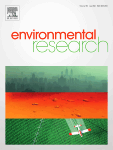
|
Soil erosion modelling: The new challenges as the result of policy developments in Europe |
|
|
Resource Type: Maps & Documents, Documents, Publications in Journals |
Year: 2019 |
|
|
|
||
|
|
||

|
Demands on land: mapping competing societal expectations for the functionality of agricultural soils in Europe |
|
|
Resource Type: Documents, Publications in Journals, Maps & Documents |
Year: 2019 |
|
|
|
||
|
|
||

|
Harvesting European knowledge on soil functions and land management using multi criteria decision analysis |
|
|
Resource Type: Documents, Publications in Journals, Maps & Documents |
Year: 2019 |
|
|
|
||
|
|
||

|
Mapping LUCAS topsoil chemical properties at European scale using Gaussian process regression |
|
|
Resource Type: Maps & Documents, Documents, Publications in Journals |
Year: 2019 |
|
|
|
||
|
|
||

|
Soil carbon storage informed by particulate and mineral-associated organic matter |
|
|
Resource Type: Documents, Publications in Journals, Maps & Documents |
Year: 2019 |
|
|
|
||
|
|
||
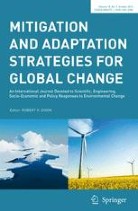
|
Carbon sequestration capacity and productivity responses of Mediterranean olive groves under future climates and management options |
|
|
Resource Type: Documents, Publications in Journals, Maps & Documents |
Year: 2019 |
|
|
|
||
|
|
||

|
Communicating Hydrological Hazard-Prone Areas in Italy With Geospatial Probability Maps |
|
|
Resource Type: Documents, Publications in Journals, Maps & Documents |
Year: 2019 |
|
|
|
||
|
|
||

|
Using the USLE: Chances, challenges and limitations of soil erosion modelling |
|
|
Resource Type: Documents, Publications in Journals, Maps & Documents |
Year: 2019 |
|
|
|
||
|
|
||

|
Policy instruments for soil protection among the EU member states: A comparative analysis |
|
|
Resource Type: Documents, Publications in Journals, Maps & Documents |
Year: 2019 |
|
|
|
||
|
|
||

|
Development of a harmonised soil profile analytical database for Europe: a resource for supporting regional soil management |
|
|
Resource Type: Documents, Publications in Journals, Maps & Documents |
Year: 2019 |
|
|
|
||
|
|
||

|
An evolutionary fuzzy rule-based system applied to the prediction of soil organic carbon from soil spectral libraries |
|
|
Resource Type: Documents, Publications in Journals, Maps & Documents |
Year: 2019 |
|
|
|
||
|
|
||

|
Global mismatches in aboveground and belowground biodiversity |
|
|
Resource Type: Documents, Publications in Journals, Maps & Documents |
Year: 2019 |
|
|
|
||
|
|
||